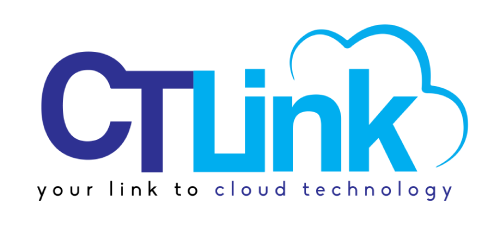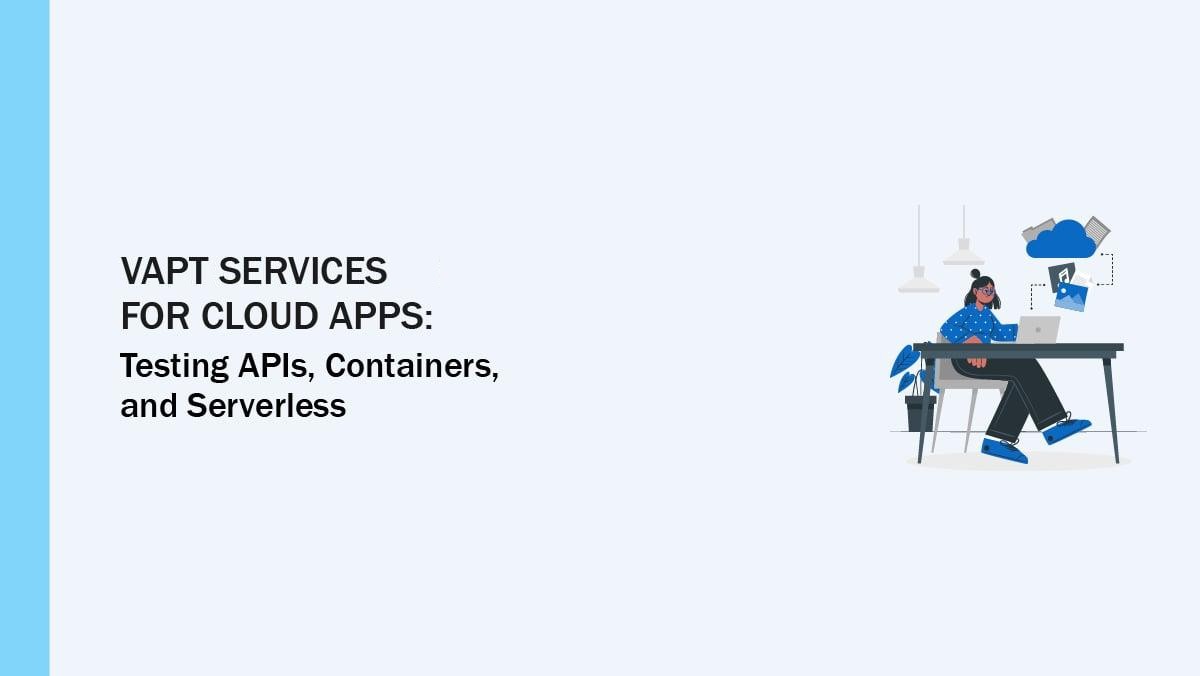VAPT Services help organizations identify and reduce security risks that are specific to cloud environments. In cloud systems, attackers frequently target APIs, container runtimes, event-driven functions, and third-party integrations, so assessments aim to reveal exposures that could affect availability, data protection, or user access.
Cloud VAPT differs from traditional on-prem testing because infrastructure is dynamic, services are short-lived, and much of the environment is defined in code. These differences change what is assessed, how evidence is gathered, and how findings are reproduced.
How cloud VAPT differs from on-prem testing
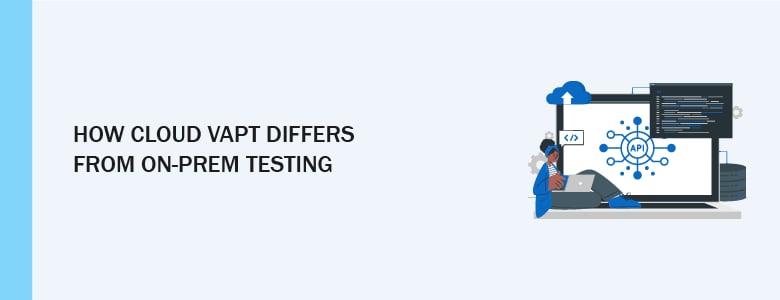
Cloud environments work differently from traditional on-prem setups in a few simple ways that matter when thinking about VAPT Services:
- Ephemeral infrastructure: cloud services can start and stop quickly, so an issue might not appear in the same place twice.
- API-centric access: applications expose functionality through APIs rather than direct server access, changing where attackers look.
- Configuration and code as control points: many settings live in cloud consoles or source code, not on individual machines.
Because of these differences, conversations about cloud assessments often focus on where evidence lives, how to reproduce findings safely, and which parts of the environment to include so work does not disrupt users or services.
Key differences and common cloud concerns

Instead of prescribing specific tests, it helps to think in terms of the main areas that typically behave differently in the cloud. Keep the focus high level so you can decide what matters for your systems.
APIs and access controls
Cloud apps often expose APIs that allow other services or partners to connect. When access rules are loose, attackers can reach data or functionality that was meant to be private. Looking at how access is granted and limited is usually a priority.
Configuration and permissions
Cloud services depend heavily on correct configuration and on who can change settings. Misconfigured storage or overly broad permissions are common sources of accidental exposure.
Containers and runtime behavior
Containers and orchestration tools change how applications are packaged and run. That changes where problems show up, for example in image settings or runtime privileges. See NIST SP 800-190: Application Container Security for recommended checks and runtime considerations.
Serverless and event-driven flows
Functions and event triggers connect components in ways that traditional servers do not. These event paths can create unexpected access or data flow if not mapped carefully.
Secrets and pipeline leakage
Credentials and keys can be exposed in code repositories or build logs. When pipelines touch many systems, accidental leaks become a risk.
Third-party integrations
Cloud apps often rely on services and libraries maintained by others. These integrations can introduce weak links if not reviewed or monitored.
These are broad areas to consider when planning an assessment or discussing cloud risk with a provider. They are meant to help you frame the conversation, not to set mandatory standards.
Common scenarios that drive cloud VAPT requests
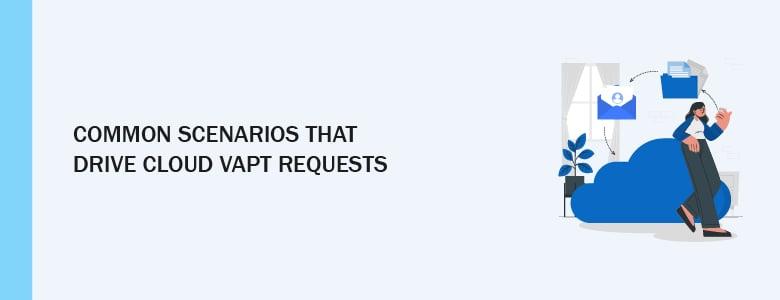
Organizations request VAPT Services for cloud apps for many practical reasons. Understanding these common triggers helps explain why assessments are valuable beyond compliance checks.
- New cloud migration or major rearchitecture. When workloads move to cloud providers or a platform is refactored, teams often want an independent review to surface configuration gaps or integration risks.
- Public release of APIs or customer portals. Exposing services to customers increases exposure, and teams frequently ask for focused assessments before launch or after significant updates.
- After an incident or near miss. If suspicious activity was detected, organizations may commission an assessment to understand the scope and likely root cause across cloud components.
- Regulatory or contractual requirements. Certain industries or partners may request assessments to demonstrate a reasonable level of assurance, especially when customer data is involved.
- Significant supply chain or third-party integration changes. When new vendors, libraries, or managed services are added, organizations often seek independent validation of the integration surface.
How CT Link can support cloud VAPT needs
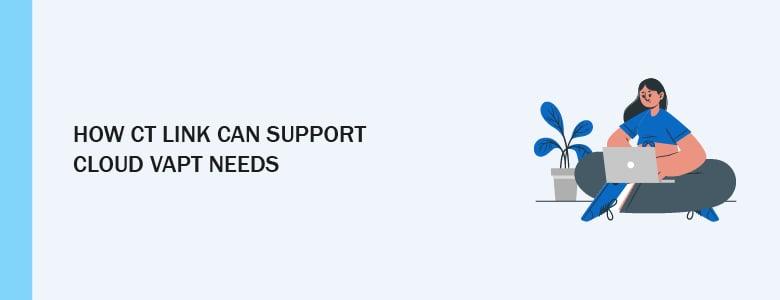
If you would like a focused conversation, CT Link can meet to review your environment and understand your requirements. We will listen first, then outline how a cloud-focused VAPT Services engagement might fit your needs and constraints. To arrange a meeting, call or email CT Link and a team member will follow up to schedule a convenient time.
